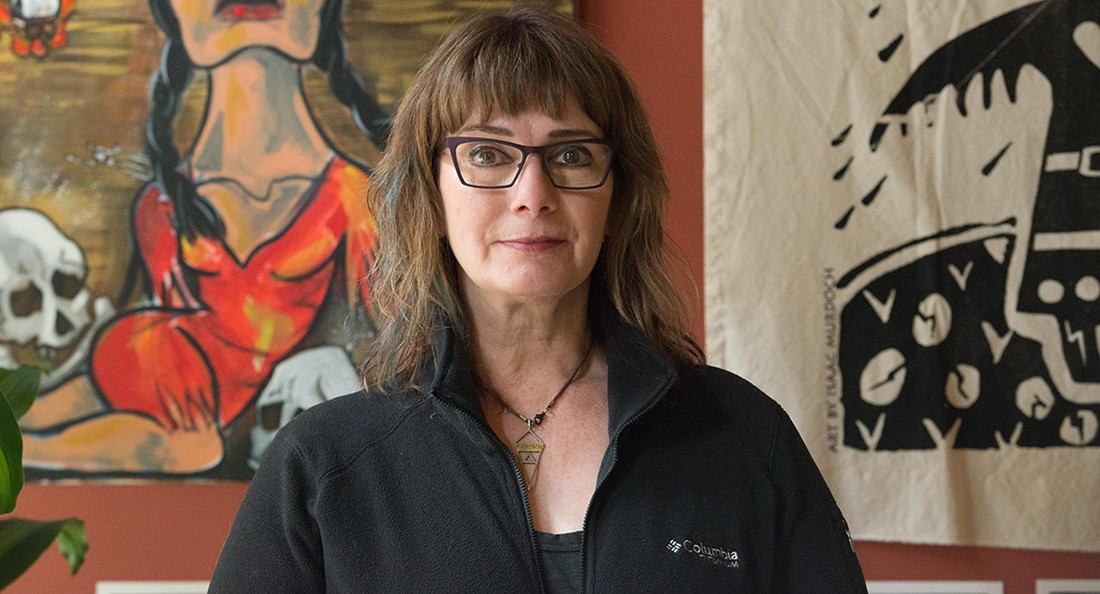Celebrating Indigenous art and communications
Smoke Signals conference highlights the business of Indigenous art
While the words “communication conference” might conjure images of businesspeople fine-tuning their marketing strategies, that is not at all what the Smoke Signals Indigenous Communication Conference is about.
Arlea Ashcroft, the creative director for Smoke Signals, describes the conference as “a one-day event that is focused on Indigenous art and art creators and media personalities,” featuring panels, conversations and demonstrations.
Ashcroft, who is Métis, is the Indigenous programs manager for Creative Manitoba, which provides programming for artists on the business aspects of artististic careers, like marketing, branding, filing taxes and applying for grants.
This is the second year of Smoke Signals, which is focused on helping Indigenous artists better navigate those systems and making those systems more friendly to Indigenous artists. Ashcroft says the conference is attended by people from all kinds of positions in the art industry, from representatives of governments or non-profits to educators, teachers and artists. The conference is being held at the Marlborough Hotel.
Daina Warren, who is Cree and the gallery director of the Urban Shaman Contemporary Aboriginal Art Gallery, was a panelist at last year’s conference and says she is glad to have Urban Shaman working as a partner in organizing this year’s event. The panel she spoke on last year was about cultural appropriation in the art industry.
Warren is excited for this year’s speaker lineup, especially artist and educator Lori Blondeau. Warren says Blondeau is “really strong-minded and has a lot of good stances on politics and the art world, and I think she’s got a lot to offer to the conversation.”
She is also excited for the keynote by writer and activist Dr. Niigaan Sinclair, opening remarks by Indigenous radio trailblazer David McLeod and the audio responses from artists Rhayne Vermette and Bret Parenteau.
Warren emphasizes grants as an area where this open conversation can be especially helpful for Indigenous artists. “And maybe then, as a community, we can work to figure out other avenues of working with non-Native organizations to help support Indigenous artists,” she says.
“I think for (gallery representatives), it’s just really great to hear what’s important to artists and what they’re thinking about.”
Ashcroft says that a lot of settler (non-Indigenous) or institutionalized art programs lack a fundamental understanding about how art works in Indigenous communities, and that conferences like this can help bridge that gap so programs can become more accessible.
“A lot of settler or institutionalized art doesn’t understand that in Indigenous communities, there’s no separation between art and living. It’s all one and the same,” she says.
“In the European tradition, there’s a calling to be an artist, whereas in Indigenous culture, we just all are artists. It’s a basic function of family connection and traditional teachings and spirituality. It’s all kind of rolled into one. For some Indigenous artists, it’s difficult to claim the title of ‘artist,’ because the art is just in the living.”
Published in Volume 74, Number 7 of The Uniter (October 24, 2019)







